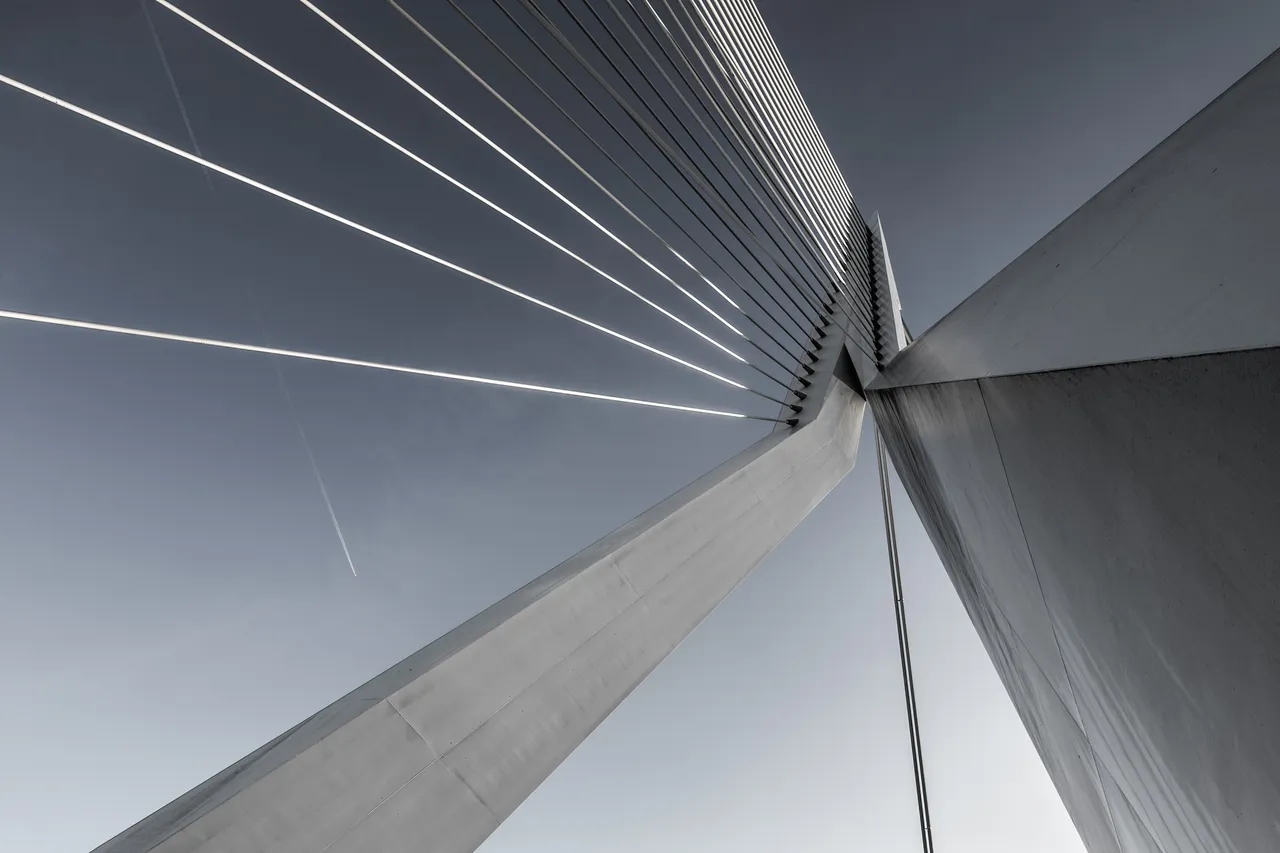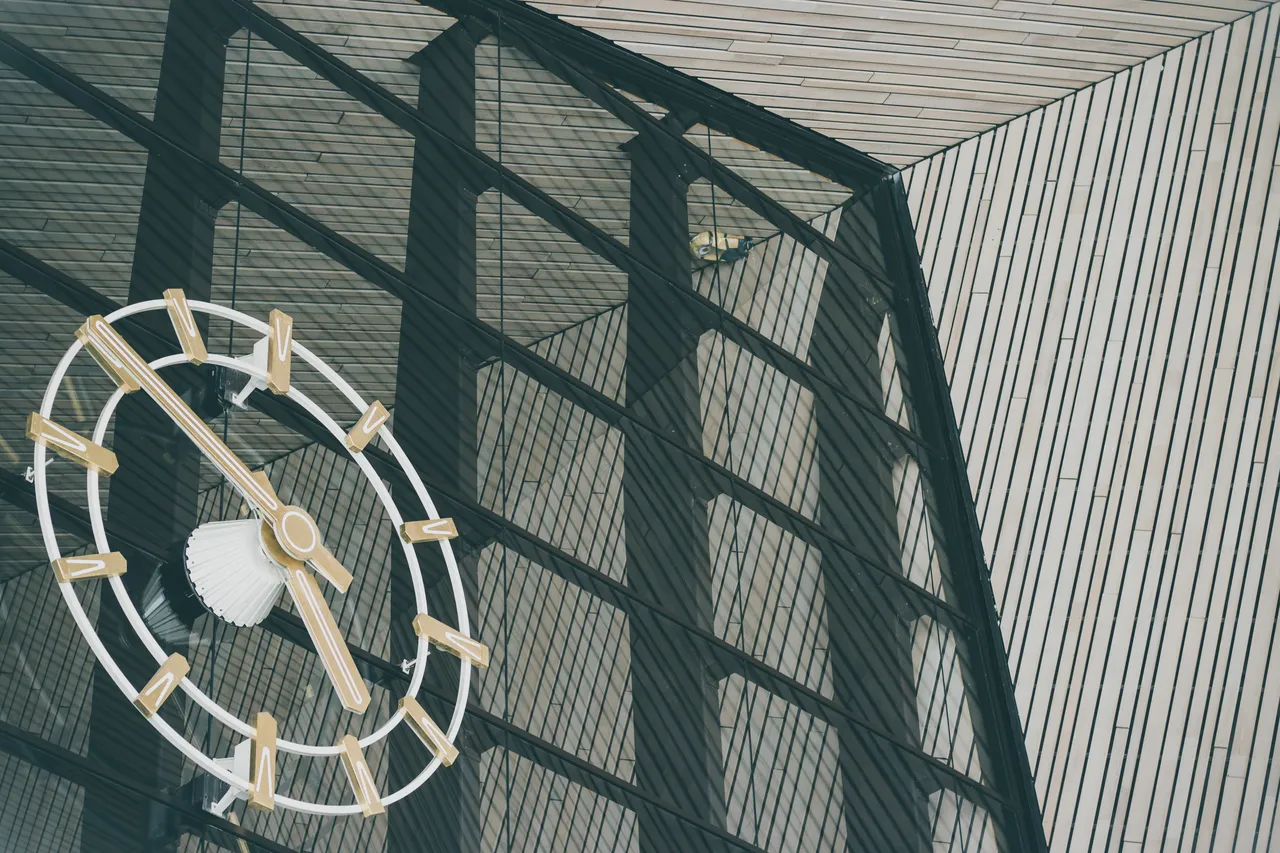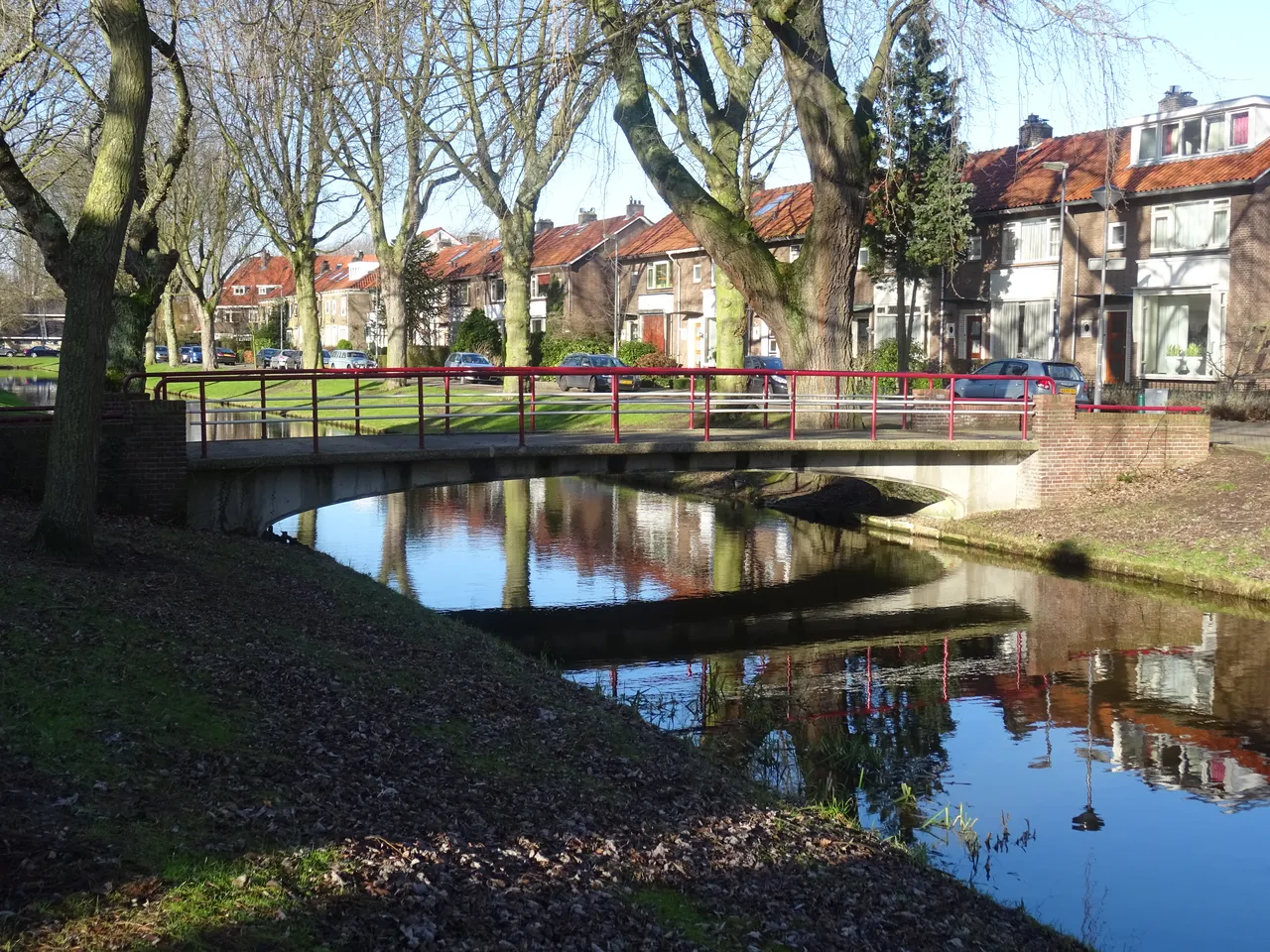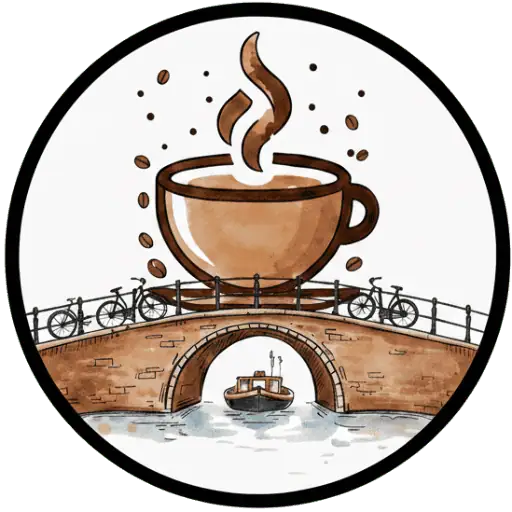Rotterdam breathes coffee. From historic warehouses to futuristic roasters, a vibrant scene unfolds, filled with award‑winning baristas, social projects and sustainable innovations. Sip a ‘bakkie pleur’ or a single‑origin espresso, and feel how tradition and innovation continuously reinforce each other, day and night.

Roasters in Rotterdam
No roasters have been found yet.
Districts in Rotterdam

Feijenoord
Feijenoord koppelt koffie aan havenverhalen langs Katendrecht, Kop van Zuid en Noordereiland. Hotspots variëren van Hotel New York en ss Rotterdam tot Kopi Soesoe en Koozie, met ritmes tussen kantoordrukte en weekendwandelen.
North
Rotterdam-Noord ontwikkelde een herkenbare koffiecultuur rond de Hofbogen, met on-site branderijen, werkplekken en community-events. Man Met Bril, Hopper, COPPI en TOM vormen ankers langs Bergweg, Zwaanshals en de Rottekade.

Charlois
Charlois bouwde zijn koffiecultuur naast de haven. Vandaag ligt de scene rond Oud-Charlois en Zuidplein, met community first plekken, duurzame keuzes en praktische ritmes voor grab-and-go en langer verblijf.

Kralingen-Crooswijk
Kralingen-Crooswijk heeft een daggerichte koffiecultuur met lichte brandingen, to-go momenten en buurtplekken rond Lusthofstraat en Vlietlaan. Hotspots zijn Wakuli, Spicekix, Cup N Crust en Juffrouw van Zanten, met een nuchtere circulaire signatuur.

Prins Alexander
Koffie in Prins Alexander draait om winkelcentra en de boulevard van Nesselande, met ketens en enkele specialtyzaken. Metro, evenementen en gezinsroutes stimuleren to-go, terrassen en daghoreca.

Rozenburg
Rozenburg kent een compacte, dorpsgerichte koffiecultuur met cafés rond de dorpskern, woensdagmarkt en daguren. Sociale ankers zijn Pico Bar, dorpshuis en bibliotheek, terwijl specialtyadressen vooral buiten de wijk liggen.

Hoogvliet
Hoogvliet kent een nuchtere, compacte koffiescene rond de Binnenban. Ankerstops als Het Tramhuis en buurtplekken bij Wijkhub, Villa Vonk en de bibliotheek verbinden bewoners, met pieken op marktdonderdag.

Pernis
Een dorpspraktische koffiescène in Pernis, met dorpscafés, bakker en dagbrasserie die aansluiten op het havenritme. Focus op ontmoeting overdag en vaste adressen langs de Pastoriedijk en bij Portpark.

Delfshaven
Delfshaven koppelt historie aan specialty coffee. Branderijen en cafés zoals Schot, Evermore en UEB West bieden cuppings, slow coffee en werkplekken, met aandacht voor duurzaamheid, buurtbinding en hergebruik.

Hoek van Holland
Compacte strandgerichte koffiescène met twee ankers, PLSTK bij de Zeetoren en Pele Surf Shack. Duurzaam, alt-milk, grab-and-go en pieken door metro, zonnige weekenden en vakanties.

IJsselmonde
IJsselmonde drinkt koffie dichtbij huis, met vertrouwde adressen rond Keizerswaard en Oud-IJsselmonde. Het bakkie verbindt buurtbewoners, piekt laat in de ochtend en namiddag, met kansen voor ondernemers rond koffie met gebak en toegankelijk zitcomfort.

Overschie
Een dorpswijk met werkend hart, waar bruine cafés en lunchrooms de koffie bepalen. Focus op ochtend- en lunchpieken, markt en bedrijfszones, met vertrouwde espresso, filter en kansen voor circulaire koffiedik-inzameling.

City Centre
Rotterdam Centrum has been breathing coffee since 1650. From Van Nelle to third‑wave micro‑roasters, the district unites history, innovation and sustainability. Visit hotspots like Man Met Bril and Manhattan Coffee Roasters and feel how community and flavor keep pushing the city forward every day.

Hillegersberg‑Schiebroek
Hillegersberg‑Schiebroek pairs village charm with an urban coffee culture. From Senseo to single‑origin espresso, from Rotterzwam to a packaging‑free bean wall, residents and visitors savour quality, sustainability, and barista creativity in every cup. Stroll along Bergse Dorpsstraat and sample flat whites, matcha lattes, and pastries.
More about Rotterdam
Introduction
Rotterdam’s rich coffee heritage
Key hotspots and roasters
– Manhattan Coffee Roasters uses an electric Typhoon roaster in a 1,000 m² hall and also supplies Onyx Coffee Lab.
– Heilige Boontjes trains former inmates in an old police station and serves fairly priced single‑origin coffee.
– Schot Coffee Roasters was already pioneering in 2011 and combines art, community, and small batches.
– Harvest Coffee Brewers, backed by two‑time Dutch Barista Champion Zjevaun Janga, serves award‑winning cappuccinos under the Ripsnorter label.
